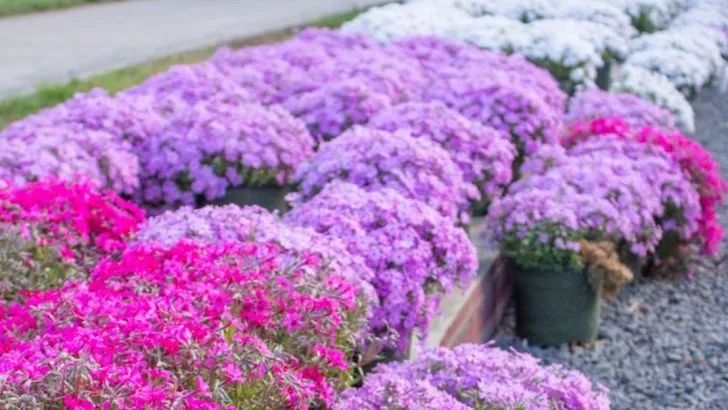When dealing with sloped land, controlling erosion is crucial for maintaining a stable and healthy landscape. Erosion-prone areas require plants that not only look beautiful but also have strong root systems that hold the soil in place and prevent it from washing away during heavy rains.
In this article, we introduce you to the 13 best plants that are perfect for erosion control on slopes. From ground covers to deep-rooted shrubs, these plants will help protect your land while adding beauty and structure to your outdoor space.
With the right plants, you can transform your sloped areas into stable, lush landscapes that are both functional and aesthetically pleasing.
Creeping Juniper
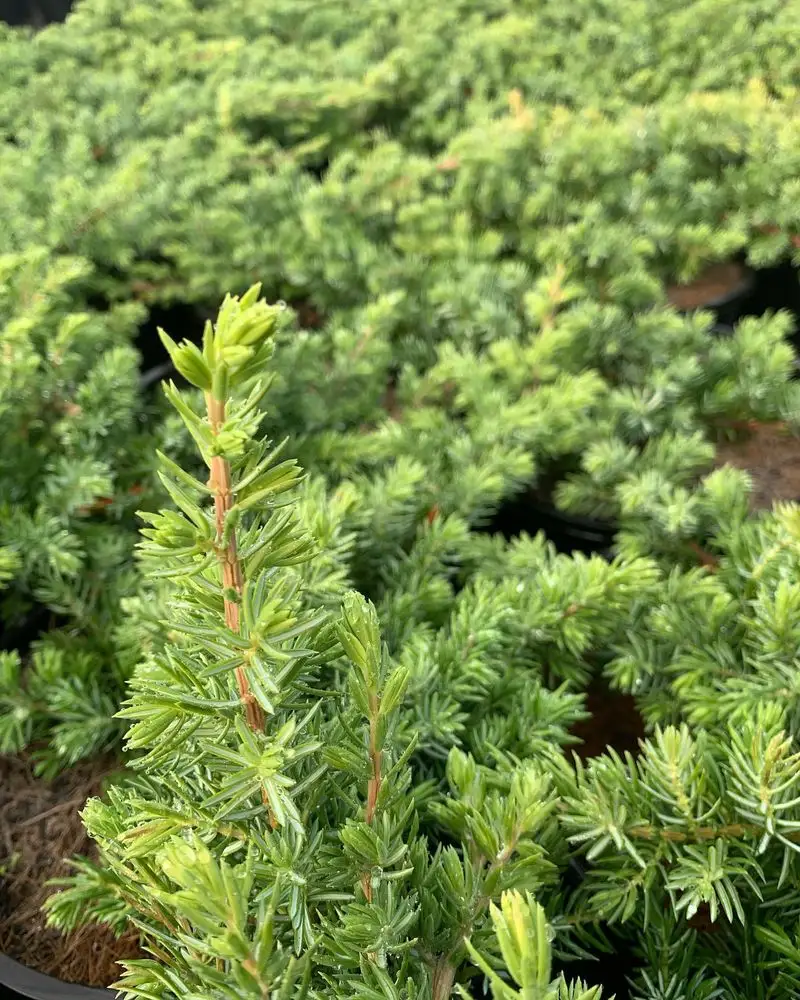
With its low-growing habit and evergreen nature, Creeping Juniper is a fantastic erosion control plant. It spreads quickly, creating a lush carpet that stabilizes soil. This plant is drought-tolerant, making it a favorite for slopes with poor water retention. Its needle-like foliage adds texture to landscapes, and the bluish tones offer a visual treat. Creeping Juniper thrives in full sun and requires minimal maintenance once established. A hardy choice, it can withstand harsh conditions and poor soil, ensuring longevity on challenging slopes. Its adaptability and resilience make it a top pick for erosion control.
Purple Coneflower
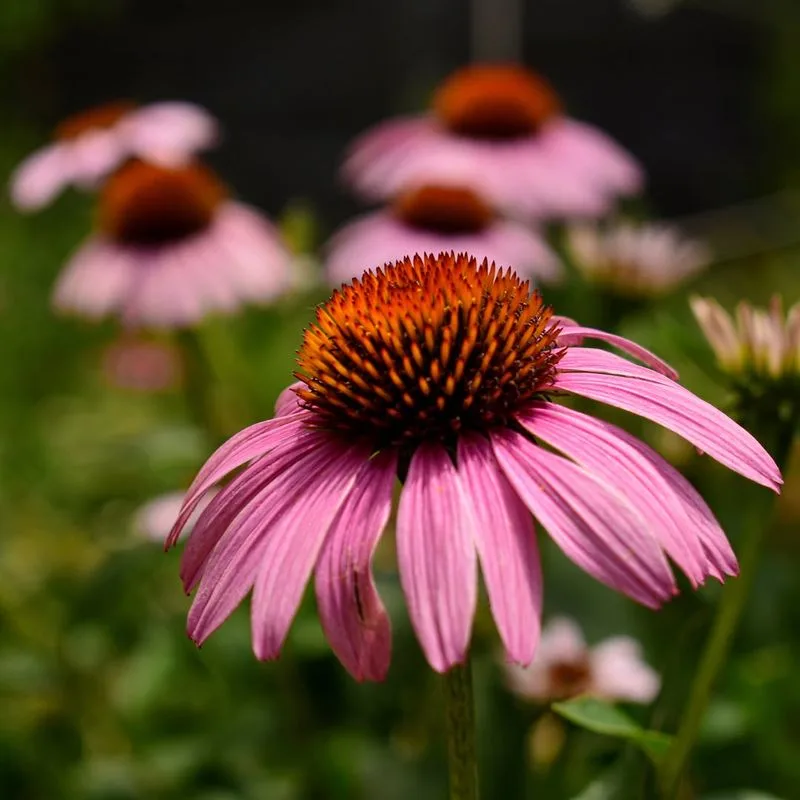
Echinacea purpurea, commonly known as Purple Coneflower, is not only beautiful but also hardy. This plant is perfect for erosion control with its deep roots that anchor the soil firmly. Its striking pink blooms attract pollinators, adding biodiversity to your garden. The flowers stand tall, providing vertical interest on sloped terrain. Known for its medicinal properties, Purple Coneflower is both functional and beneficial. It thrives in well-drained soil and full sun, ensuring it flourishes on sunny slopes. A combination of beauty and utility, it enriches both the soil and the scenery.
Switchgrass
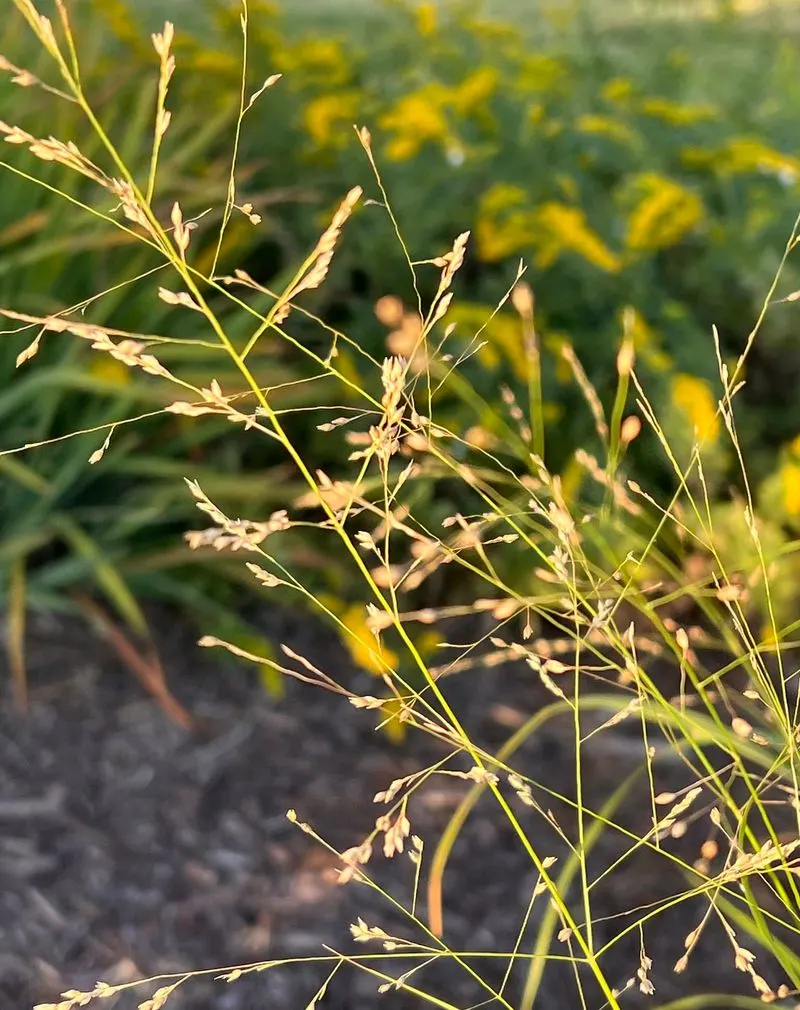
Native to North America, Switchgrass is a versatile grass that excels in erosion control. Its extensive root system stabilizes the soil, preventing runoff on slopes. This tall grass reaches up to six feet, offering both coverage and aesthetic appeal. It turns a beautiful gold in the fall, adding seasonal interest. Switchgrass is drought-resistant and thrives in various soil types, making it ideal for diverse landscapes. Its wildlife-friendly nature attracts birds and insects, promoting ecological balance. A robust choice for large-scale erosion control, it combines function with visual charm.
Creeping Phlox
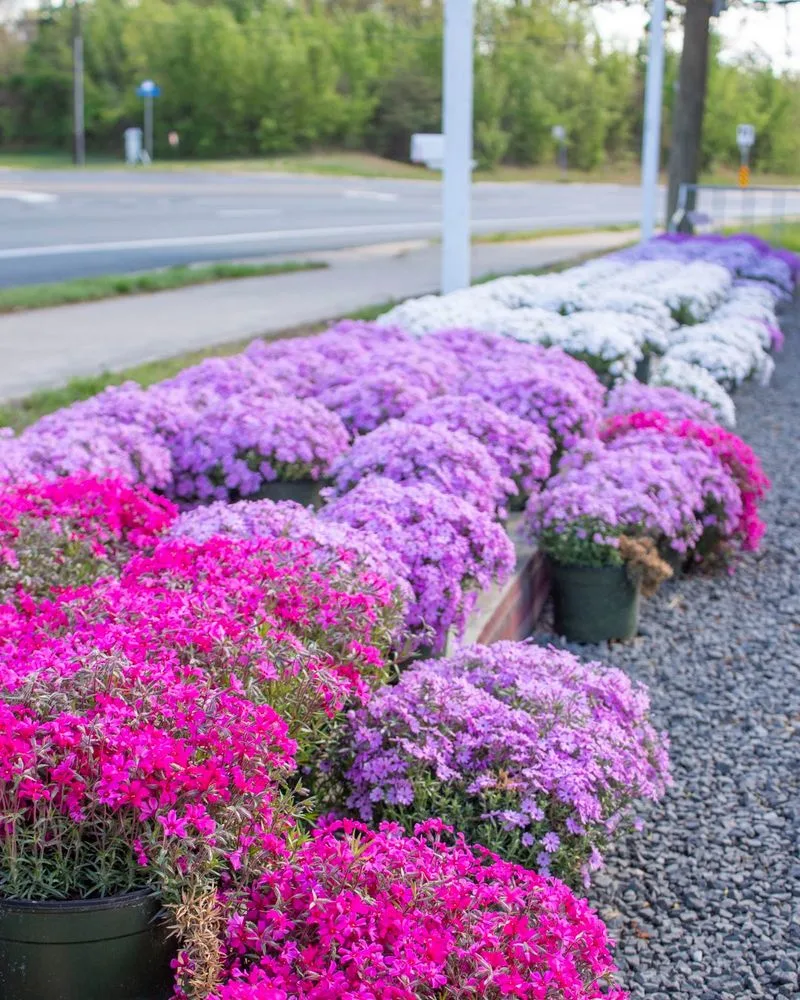
Creeping Phlox is a springtime favorite for ground cover and erosion control. It forms a colorful mat, blanketing slopes with its pink, purple, and white blooms. This low-growing perennial spreads quickly, holding soil in place effectively. Its ability to thrive in rocky or sandy soils makes it perfect for challenging terrains. Requiring little care, it flourishes with just basic sunlight and water. The cascading flowers are not only eye-catching but also attract pollinators. Creeping Phlox offers a stunning visual display while serving a practical purpose in erosion prevention.
Russian Sage
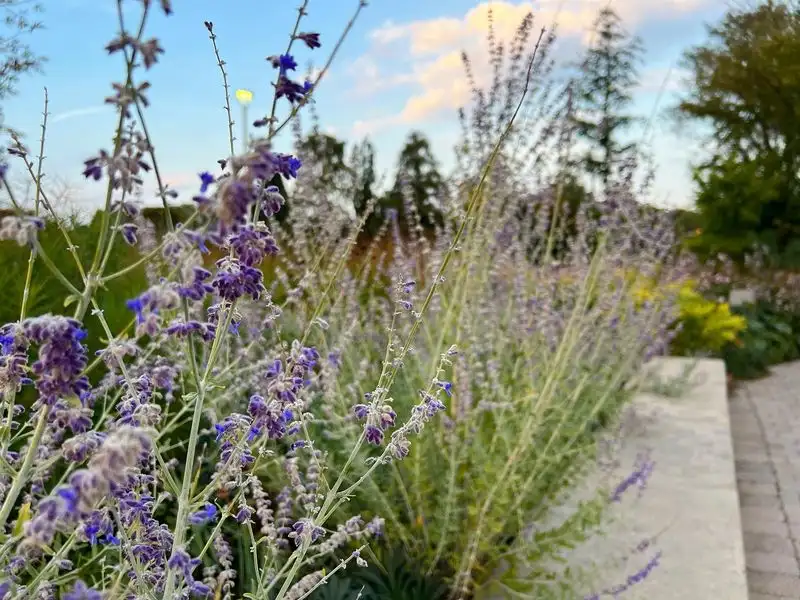
Russian Sage stands out with its aromatic foliage and striking lavender flowers. This drought-tolerant plant excels in erosion control with its woody stems and deep roots. It creates a beautiful haze of color, softening harsh landscapes. Russian Sage thrives in sunny, dry conditions, making it perfect for slopes with poor soil. Its long blooming season provides visual interest from summer to fall. The plant’s resilience and adaptability mean it’s low-maintenance and reliable. Perfect for adding a touch of elegance and structure to any sloped garden.
Periwinkle (Vinca Minor)
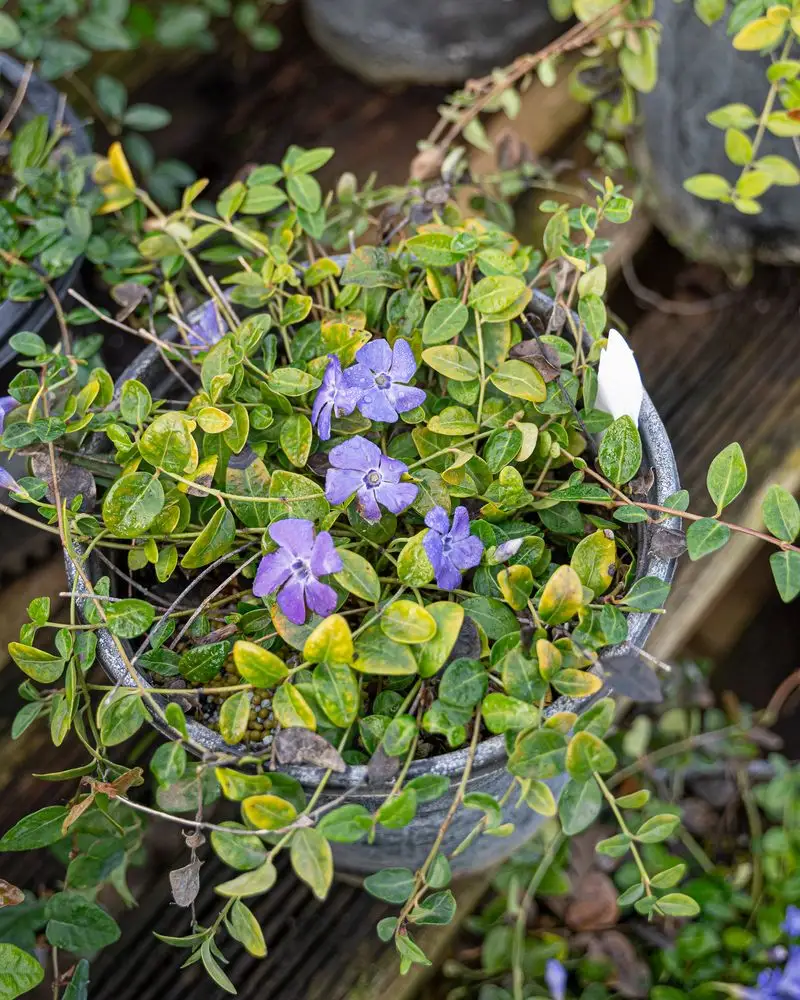
Periwinkle, or Vinca Minor, is a classic choice for shaded slopes needing erosion control. Its evergreen foliage forms a dense mat, effectively protecting the soil beneath. The small, purple flowers add a pop of color throughout spring and summer. Periwinkle is known for its hardiness and ability to thrive in poor soil and shaded conditions. It’s a low-maintenance option that requires minimal water once established. This plant’s versatility and robust growth habit make it a reliable choice for stabilizing slopes while adding visual interest.
Daylily
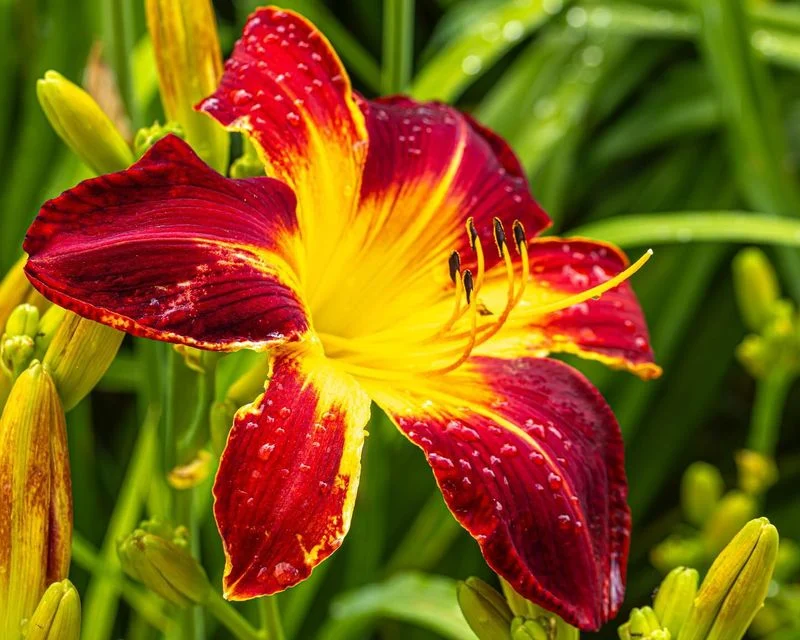
Daylilies are known for their vibrant blooms and tough nature, making them ideal for erosion control. They form dense clumps, effectively anchoring soil on slopes. Each plant boasts multiple blooms that open in succession, ensuring a long-lasting display of color. Daylilies are adaptable, thriving in various soil types and conditions. These hardy perennials require minimal care, tolerating drought and neglect once established. Their cheerful colors and easy maintenance make them a popular choice for gardeners looking to stabilize and beautify sloped areas.
Creeping Thyme
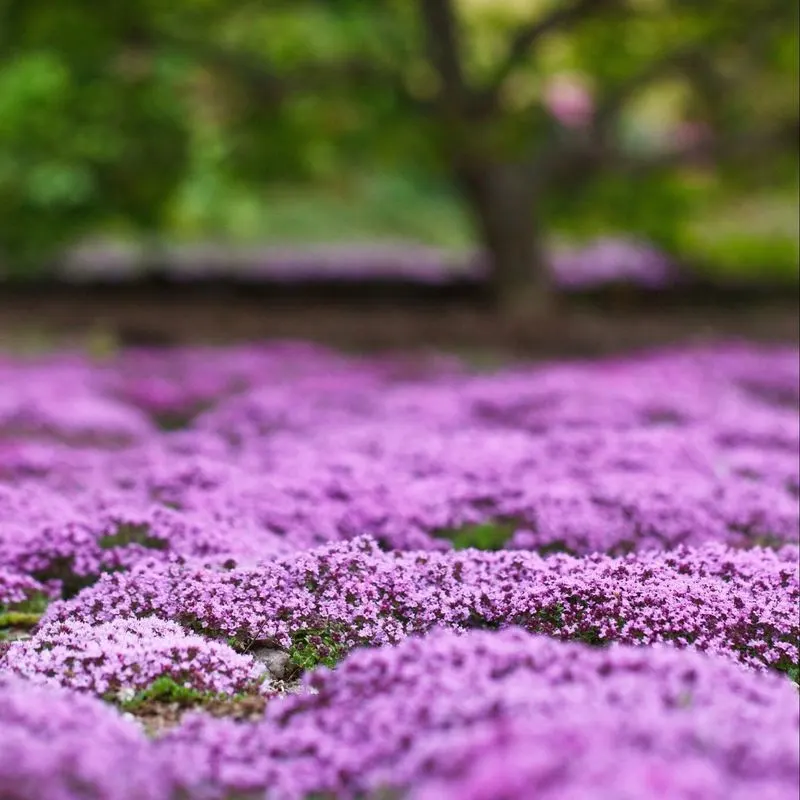
Creeping Thyme is a fragrant herb that offers more than culinary uses. It serves as an excellent ground cover for erosion control. Its low-growing, mat-forming habit ensures soil is kept in place, even on steep slopes. The tiny purple flowers add charm and attract pollinators. Creeping Thyme thrives in well-drained soil and full sun, requiring little maintenance. It’s drought-tolerant and withstands foot traffic, making it versatile for sloped areas. The combination of beauty, fragrance, and practicality makes Creeping Thyme a top choice for gardeners.
Sumac
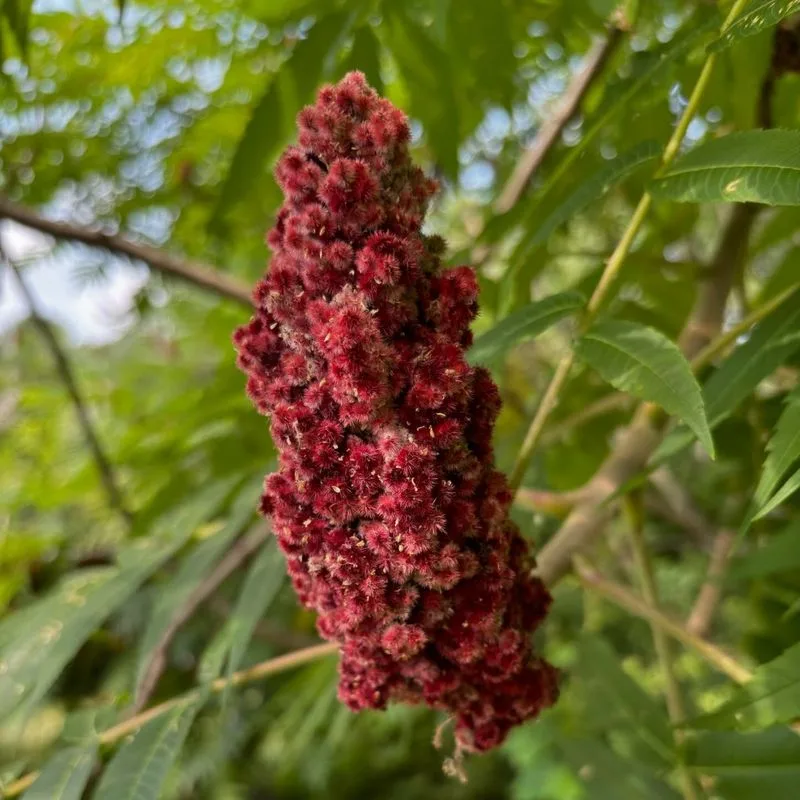
Sumac is known for its vibrant fall colors and robust nature, making it a great choice for erosion control. Its suckering habit helps stabilize soil by forming colonies that anchor the earth. The striking red leaves in autumn provide a visual spectacle, enhancing any landscape. Sumac thrives in poor, dry soils and full sun, requiring little maintenance. Its ability to grow in challenging conditions makes it ideal for slopes that need stabilization. With its mixture of functionality and seasonal beauty, Sumac is a standout option for your sloped garden.
Blue Fescue
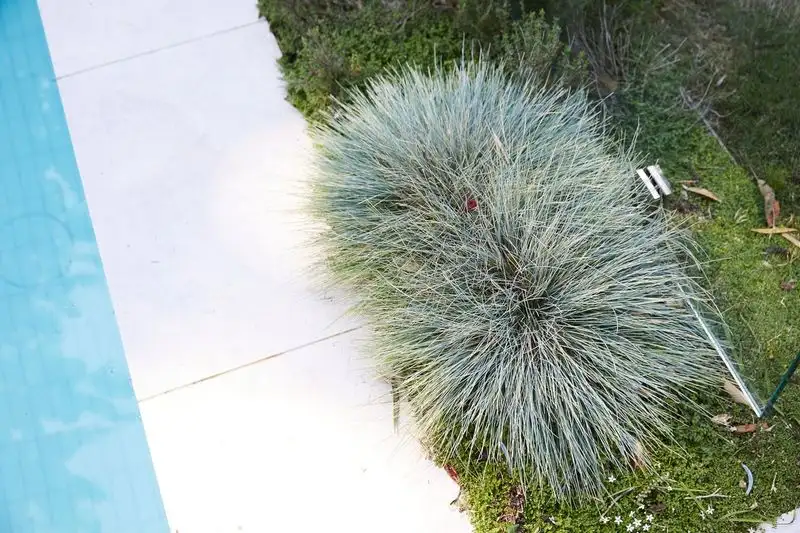
Blue Fescue is a compact ornamental grass that acts as both a visual and functional addition to sloped gardens. Its dense tufts prevent soil erosion effectively. The striking blue-gray color adds a unique contrast to greenery in the landscape. Being drought-tolerant and thriving in full sun, Blue Fescue is perfect for dry, sloped areas. It requires little care and is resistant to deer and pests. Its year-round color and texture make it a popular choice for adding interest and stability to challenging terrains.
Ornamental Grasses (Miscanthus)
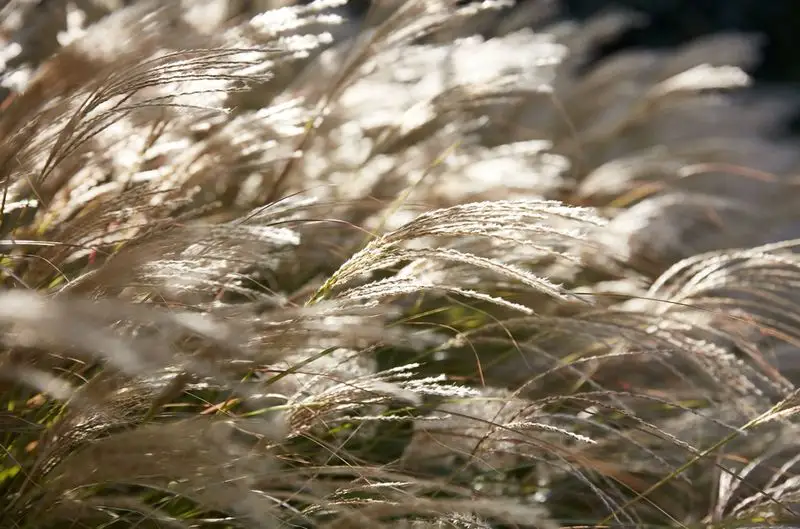
Miscanthus, known for its towering plumes, offers both beauty and erosion control. These ornamental grasses form large clumps, effectively anchoring soil on slopes. As the wind sways their feathery tops, they add movement and sound to the garden. Miscanthus is adaptable, thriving in various soil types and conditions. Its drought tolerance and pest resistance make it low-maintenance. The seasonal changes in color, from green to golden hues, provide year-round interest. Ideal for large areas, Miscanthus combines functionality with elegance, enhancing any sloped terrain.
Rockrose (Cistus)
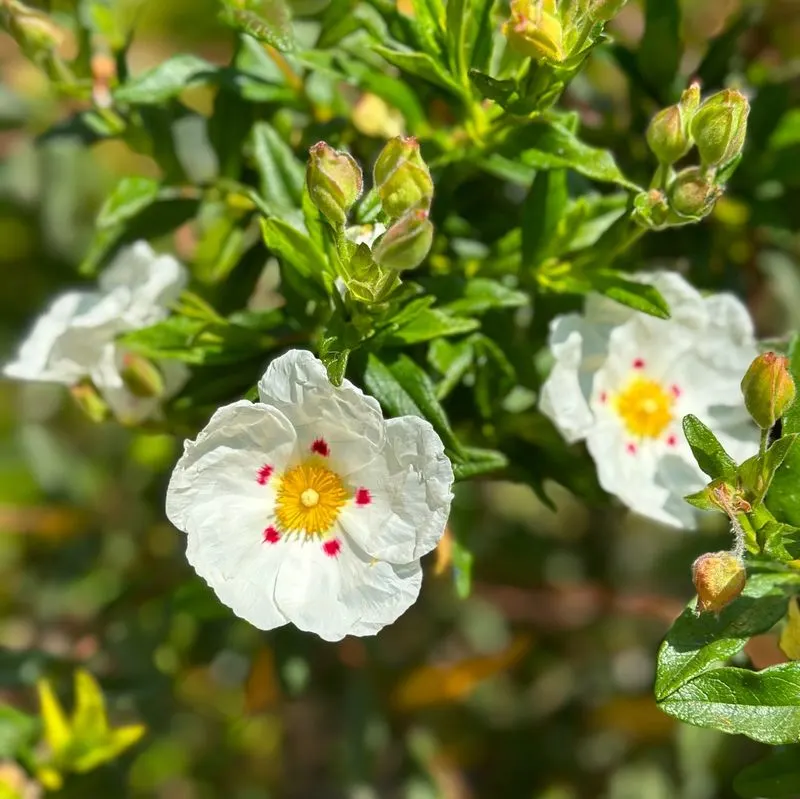
Rockrose, or Cistus, is a resilient shrub that thrives in dry, rocky soils, making it perfect for erosion control on slopes. Its bright, papery flowers bloom profusely, adding a splash of color to challenging terrains. Rockrose is drought-tolerant and requires little care once established. The evergreen foliage provides year-round coverage, ensuring soil stability. With its ability to withstand harsh conditions and poor soils, Rockrose is both a practical and decorative choice for sloped gardens. Its charm and resilience make it a favorite among gardeners.
Forsythia
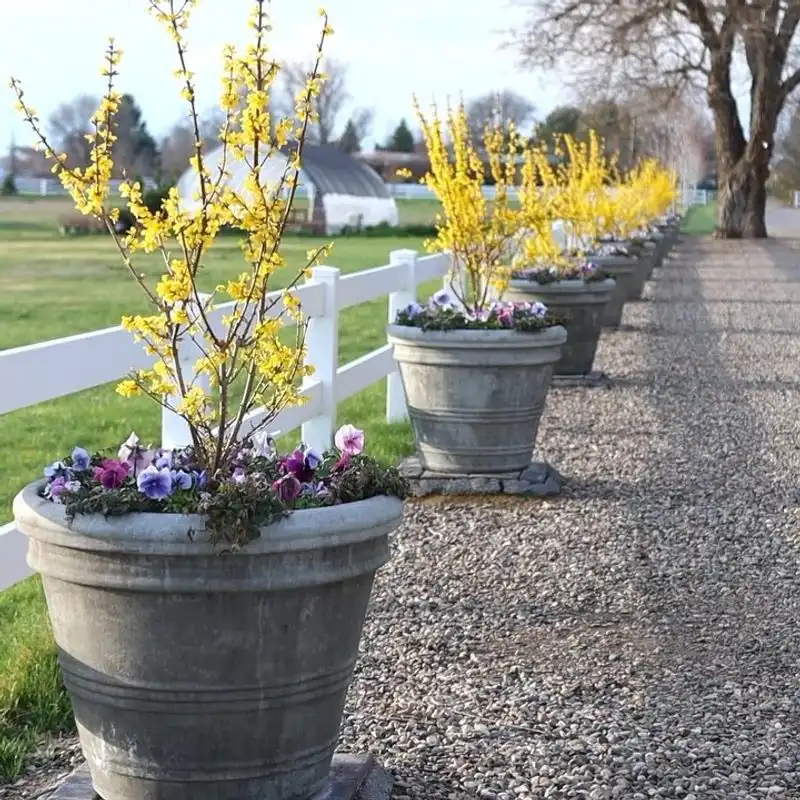
Forsythia is synonymous with spring, thanks to its vibrant yellow blooms that cascade over slopes. Its arching branches and fast growth make it excellent for erosion control. This deciduous shrub forms dense thickets, ensuring soil stability. Forsythia is hardy, thriving in various soil types and conditions. It requires minimal maintenance, needing just occasional pruning to keep its shape. The bright blooms are an early source of nectar for pollinators. With its cheerful color and practicality, Forsythia is a lively addition to any sloped garden.

